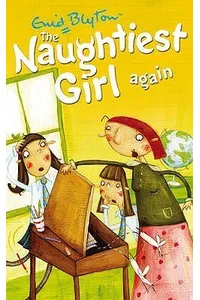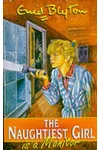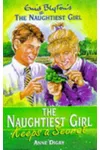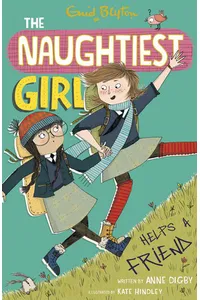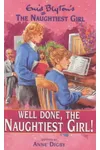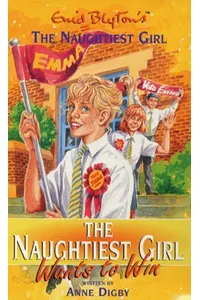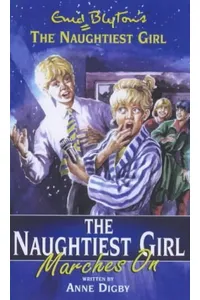Step into the mischievous world of The Naughtiest Girl, where a spirited rebel named Elizabeth Allen shakes up a unique boarding school with her antics! Written by the legendary Enid Blyton, this beloved children’s series blends heartwarming friendships, personal growth, and a dash of cheeky rebellion. Set in the progressive Whyteleafe School, the stories follow Elizabeth’s journey from a spoiled troublemaker to a cherished student, captivating young readers since the 1940s.
With ten books filled with adventures, The Naughtiest Girl stands out for its playful tone and innovative school setting, where students govern themselves through weekly meetings. Ready to explore Elizabeth’s transformation and the magic of Whyteleafe? Let’s dive into this delightful series!
How The Naughtiest Girl Began
Enid Blyton, a prolific children’s author known for The Famous Five and Malory Towers, launched The Naughtiest Girl in 1940. Inspired by progressive education models, particularly A.S. Neill’s Summerhill School in Suffolk, Blyton crafted Whyteleafe as a co-educational boarding school where students hold the reins. Her Froebel-based teacher training likely influenced this vision of self-governance, making the series a bold departure from traditional school stories of the era.
The series began with four books by Blyton, published between 1940 and 1952. In the late 1990s, Anne Digby, with permission from Blyton’s estate, added six more, seamlessly blending the original charm with modern touches like environmental themes. This collaboration kept Elizabeth’s adventures alive for new generations.
The Heart of The Naughtiest Girl
The series kicks off with The Naughtiest Girl in the School (1940), where Elizabeth, a spoiled only child, is sent to Whyteleafe and vows to misbehave to get expelled. To her surprise, the student-led meetings and her budding friendship with Joan Townsend spark a change. In The Naughtiest Girl Again (1942), Elizabeth aims to be good but clashes with bullies Robert and Kathleen, only to become friends later. The Naughtiest Girl is a Monitor (1945) sees her tackling leadership responsibilities, while Anne Digby’s The Naughtiest Girl Saves the Day (1999) adds eco-conscious adventures.
Themes of friendship, accountability, and personal growth shine through. Whyteleafe’s unique structure—where students pool pocket money and decide punishments—teaches fairness and empathy. Blyton’s lively prose and vivid characters, like the strict monitor Nora or musical genius Richard, create a cozy yet dynamic world. Unlike the more conventional Malory Towers, Whyteleafe’s co-ed, self-governing setup feels radical, blending fun with lessons about courage and community.
The series’ charm lies in its balance of mischief and morality. Elizabeth’s hot-headed yet kind nature resonates with readers, showing that being naughty doesn’t preclude being brave or clever. The stories celebrate individuality while highlighting the value of teamwork, making them timeless for kids aged 7 and up.
Why The Naughtiest Girl Resonates
The Naughtiest Girl has left a lasting mark on children’s literature, particularly in the school-story genre. Its progressive portrayal of student governance was groundbreaking in the 1940s, offering a fresh take on boarding school life. Fans adore Elizabeth’s relatability—her flaws and growth mirror the challenges of childhood, making her a beloved figure across generations.
Anne Digby’s sequels expanded the series’ appeal, introducing modern themes while preserving Blyton’s warmth. Recent reviews on platforms like Goodreads praise the books’ nostalgic charm and engaging plots, with readers revisiting them as adults or sharing them with their kids. The series’ emphasis on restorative justice and peer accountability continues to inspire, proving its relevance in today’s world.
- First Published: 1940
- Total Books: 10 (4 by Enid Blyton, 6 by Anne Digby)
- Setting: Whyteleafe School, a fictional co-ed boarding school
- Target Age: 7+
Grab The Naughtiest Girl in the School and dive into Elizabeth’s mischievous world! Whether you’re a kid craving adventure or an adult seeking nostalgia, this series promises a heartwarming journey through friendship and fun.

